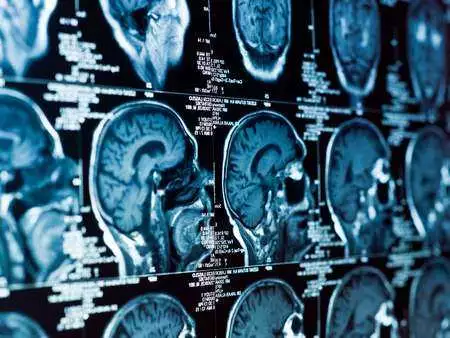The diagnosis of epilepsy comes down to three basic elements.
Having gathered all the information, the neurologist should be able to determine what type of seizure it was, whether it occurred for the first time, what type of seizure it is and whether an epileptic syndrome can be clearly diagnosed from the information gathered.
The differential diagnosis is quite complex as there are many causes of seizure disorders. Causes of seizure disorders that require differentiation from epileptic seizures include:
- Pseudo-epileptic seizures,
- Narcolepsy,
- Migraine,
- Transient ischaemic attack (TIA),
- Hyperventilation,
- Cardiovascular lesions and others.

photo: pantherstock
Commonly performed diagnostic tests in epilepsy are EEG recording, VEEG, CEEG and RBCsG. Neuroimaging (computed tomography or nuclear magnetic resonance imaging) and radioisotope studies are also important adjuncts to epilepsy diagnosis.









